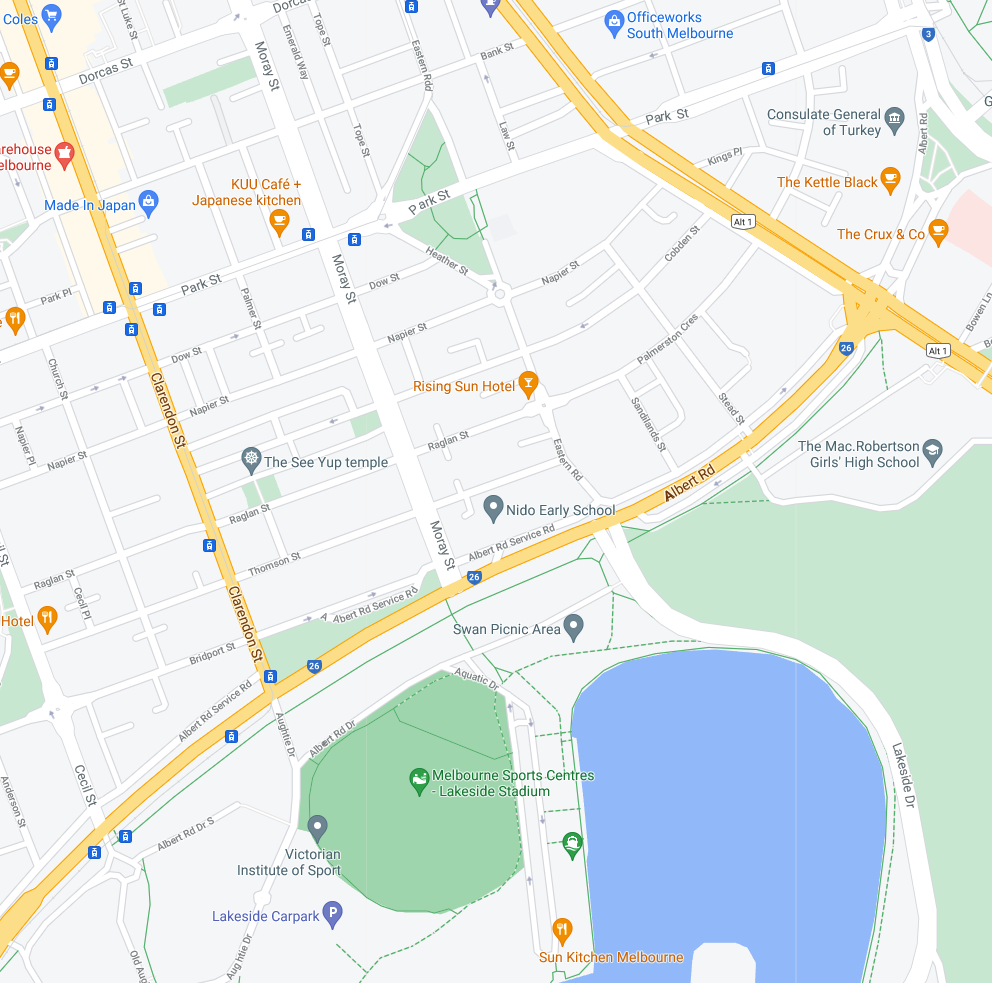
Incorporating the wonders of the outdoors throughout indoor locations is a theme that runs strongly through Reggio Emilia-inspired classrooms and play areas. This core element of childcare philosophy melds the natural world into the fabric of day-to-day life, creating an environment that helps drive curiosity, creativity and imagination.
The earliest years of life are a time when humans really do make the most of all the natural senses. From touch and smell to vision, hearing and taste, exploring and learning about the world can be encouraged through the provision of natural materials.
On entering a Reggio Emilia-inspired classroom, one thing that becomes immediately obvious is the lack of man-made materials, such as plastic. Instead, containers might be made of metal or wicker, furniture could be wooden, tactile soft furnishings utilise natural fabrics – like cotton or wool - and plant life is usually abundant. Another overriding theme is the use of light. This could enter the space through large and strategically placed windows or, especially in the balmy Australian climate, through careful use of outside space, yard areas, garden rooms etc.
Why natural materials are so important in the early learning space
During a child’s crucial early years, the brain forms neural connections at outstanding speed. This process is stimulated through all five senses, with touch being extremely powerful. By providing multiple natural materials – each with a unique texture and feel – a child’s naturally inquisitive nature will be piqued.
For example:
- The smooth, cool feeling of sand running through the fingers.
- The squishy delights of mud and clay.
- Discovering the rougher texture of objects, such as sticks, bark and wood.
- The delicious crunch of autumn leaves.
- Comparing the feel of stonewashed pebbles against those unsmoothed by the elements.
- The soft, tickly feeling of feathers.
But touch is only one of the senses. A child’s neural growth is also stimulated through other powerful sensory triggers, such as:
- The different smells and fragrances of flowers, plants, leaves etc.
- Nature’s wonderful array of colour, such as the kaleidoscope of plant blooms, green grass, blue sky, white clouds, etc.
- The sound of water being poured and splashed.
- The taste of a variety of foods – and again, the different colours of natural choices, such as red tomatoes, orange carrots, green apples, etc.
Examples of how natural materials are used
Imagination and exploration are key to the Reggio Emilia concept of ‘the environment as the third teacher’. Promoting this during early childhood development plays a crucial role in instilling a love of learning that will be taken forward in life. The use of natural materials is an excellent way to stimulate creativity, sensory exploration, environmental awareness, problem-solving and resourcefulness.
For example, children learn through play elements, such as:
- Discovering what objects might float or sink in water.
- Grouping objects by size – such as small stones on one pile and large ones in another.
- Exploring different textures and learning to describe what is felt.
- Utilising natural items for artistic projects, such as shells, seeds, leaves, feathers etc, helps children understand and appreciate the abundance of nature.
- Introduce the idea of recycling and repurposing of items. This lays the building blocks of understanding that natural materials are a finite commodity and the concept of sustainability.
Natural materials in a Reggio Emilia space can be random and varied. From plentiful colourful rugs and throws to displays created by children using only natural materials, items are designed to encourage discovery and questioning. Even something as simple as wooden furniture rather than plastic or using stones and pebbles as counters instead of man-made ones provides an enhanced textural experience.
The use of natural materials – especially those that are gathered locally – further drives awareness of the surroundings and the understanding of the natural world. At Evoke, our childcare values and the Reggio Emilia approach are mirrored across our Albert Park and Clayton centres and through all the nursery, toddler and Kindy curriculums.Book a tour today and come and see us in action.

Tracey is a highly qualified educator and administrator and brings a strong combination of academic achievement, extensive work experience in the education and business sectors as well as drive and passion to her role as General Manager of Operations at Evoke Early Learning.
Tracey has a Master of Education and an Advanced Diploma of Business and holds VIT Dual Registration to teach in Early Childhood and Primary School settings. She’s also a VIT Trained Mentor Teacher and has worked in ECEC settings as a Director, Educational Leader and as a Victorian Senior Area manager. Her recognition as a state finalist in the recent Director of the Year Awards is testament to her achievements in the early education sector.
Her extensive work experience also included a stint as Head of Curriculum at the Royal Children’s Hospital Education Institute and positions as head of ICT at a number of large primary and secondary schools. Tracey is also experienced in not-for-profit sessional kindergarten settings and long daycare environments, so she has a deep understanding of what’s required to support the needs and expectations of young children, educators, parents and caregivers.
Tracey is responsible for operational management at Evoke Early Learning’s Clayton centre in Oakleigh East and their Albert Park centre in South Melbourne and is deeply committed to leading and driving effective and sustainable service delivery throughout the company.
Tracey is passionate about making a meaningful difference to young children, their parents and the wider community and under her expert guidance, Evoke Early Learning is continuing to raise the bar in quality early education and childcare.


